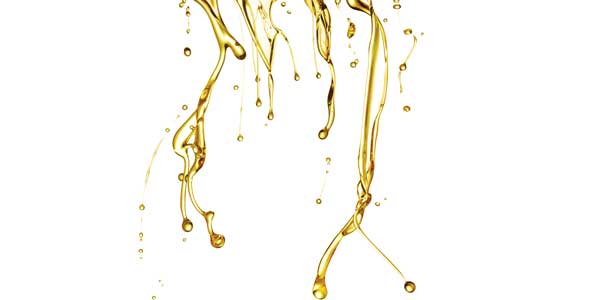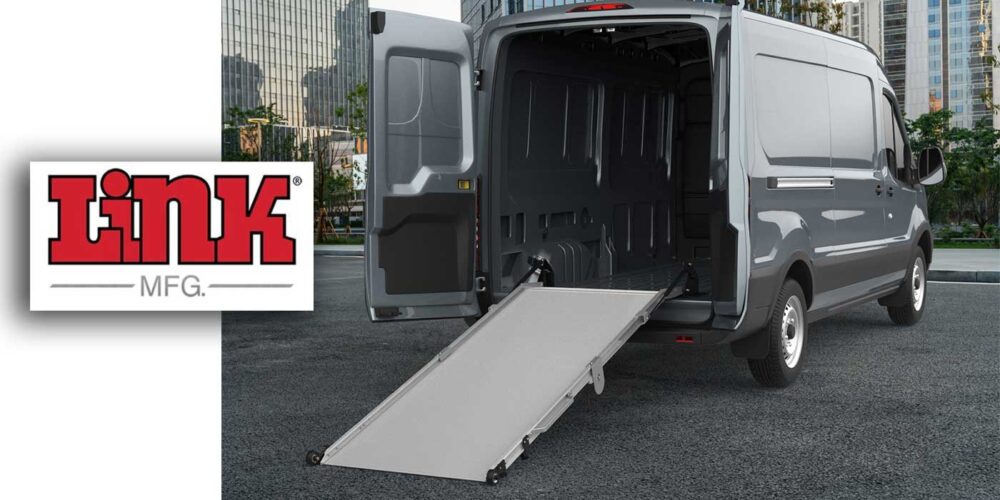For both API CK-4 and FA-4, the same updated standards for performance with regard to engine protection and durability, and other key oil properties such as resistance to oxidation and aeration, were required to be proven using industry protocols to gain the ability to license oils to the new categories.
The only difference between the API CK-4 and FA-4 categories relates to a specific method of measuring the oil’s viscosity under conditions of high heat and shear. This measurement, known as high-temperature, high-shear (HTHS) viscosity, is essentially a means of measuring this property while the oil is in a physical state similar to what it experiences during actual engine operation. API FA-4 oils have a lower HTHS viscosity profile than their API CK-4 counterparts, which has been well established as a direct contributor to improved fuel economy by reducing the energy consumed from drag between moving engine parts.
The oil spec in new engines is far from standardized, leading to confusion. Colin Repko, product manager for heavy-duty diesel engine oils with Lubrizol Corp. answered our biggest oil category questions.
FE: Are any engine manufacturers using API FA-4 oils yet?
Repko: Yes. In fact, many of fleets’ newest trucks were likely filled with API FA-4 oil as they left the factory. Both Detroit and Cummins are filling most of their current engines designed for heavy-duty on-highway trucks. This combination represents a substantial share of the new engines being sold in the U.S. market today.
In addition, many fleets have are in the process of evaluating the performance of FA-4 in a select number of their trucks.
FE: Why should I consider the use of FA-4 if my engine manufacturer has approved its use?
Repko: It’s another tool for incremental gain in the fuel economy of your trucks. A change in engine oil to FA-4 can lead to a meaningful jump in savings. Based on controlled testing and real-world observations fuel economy gains of 1% to 2% can be expected with a change to a 10W-30 FA-4 oil from a traditional 15W-40 product. This can lead to a meaningful operating cost benefit that will help you maintain a competitive edge against your competition.
One particular way that using FA-4 makes sense is that it can be applied without significant hardware additions to each vehicle. Yes, the more robust formulation style to achieve the protection levels of these oils does come with a cost, and it should be expected that FA-4 oils may cost more than standard products on a per-gallon basis. Through the fuel economy benefits gained, this additional maintenance budget item can be easily justified for most on-highway fleet operations.
FE: Why has FA-4 adoption been slow out of the gate?
Repko: While market adoption is slowly increasing, there are a few factors serving as headwinds that slow immediate growth. For one, although most of the newest trucks on the road can use it with full OEM endorsement, complete engine manufacturer support is not yet established.
Most fleets have a mixture of engine types and vehicles of various ages as they work through life cycles of trucks year over year. For vehicles that aren’t 2017 model years or newer, only Detroit engines back to 2010 model year can use FA-4 with full confidence of OEM endorsement. Based on the overall population of trucks in service today, many companies may have a situation where 25% to 30% of their current trucks could be gaining fuel economy benefits that are 100% supported by the OEM. However, fleets appear to be servicing with the lowest common denominator approved for all of the trucks.
This situation raises challenges for maintenance managers that limits consideration of the new oil technology. Stocking two engine oils may be undesirable considering logistics and storage tanks. If two oils could reasonably be inventoried, there may be concern about technicians using the wrong product in a particular truck.
These factors in turn have influenced the way the lubricant supply chain has behaved to date. With demand limited, the oil distribution networks are understandably disinterested in making bulk inventory readily available in the absence of a clear demand factor from their customers.
FE: What can fleets expect going forward?
Repko: The current state of FA-4 market adoption will be changing as more engine manufacturers will give their full approval and endorsement of the use of FA-4. A combination of more new vehicle recommendations plus the natural trade-in cycle of trucks will also make more trucks in fleets eligible to realize the fuel savings with full confidence.
As more fleets work through their FA-4 evaluation processes, a natural uptake in product demand will occur. This in turn will drive oil distribution networks to adjust their inventories to what their customers demand. The largest fleets in particular will drive this shift heavily.
With inventories more widely established, the oil distributors will then be in better position to have product available for the smaller and medium fleets as well.














